We see these symbols printed at the back of almost every electronic gadgets we use such as smartphones, tablets, digital cameras or device chargers, but rarely do we pay attention to what they actually mean. So if you want to make sense of it all, please read on.
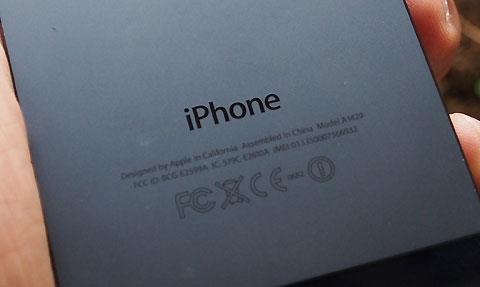

FCC – This independent US agency is probably the most popular because this is where almost all upcoming wireless technology including smartphones and tablets gets dissected and reviewed before it gets released. The FCC’s responsibility is to make sure that a wireless device is working as expected and doesn’t cause any problems with other wireless technology. If a device is not FCC cleared, then it won’t be allowed to be sold in the US market.
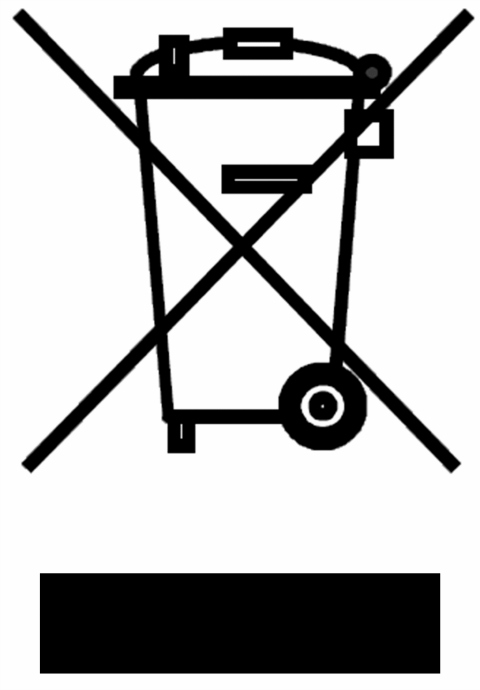
WEEE – If a gadget gets printed with a symbol of a garbage bin with an X on it, this means that the manufacturer complies with the European Union’s WEEE (Waste Electrical and Electronic Equipment) Directive which is to “reuse, recycle and recover” electrical and electronic equipments to reduce electronic waste. This is also a reminder that broken devices such as the iPhone should be disposed off properly rather than buried in a landfill.

CE – This acronym stands for “Conformité Européenne” which roughly translates to European Conformity. This marking, in itself, doesn’t necessarily indicate product quality but rather a declaration of the manufacturer that it’s conforming with all of the legal requirements to achieve CE marking and therefore ensuring validity for their product to be marketed and sold throughout the European Union. These requirements include but not limited to safety, health, and environmental protection.
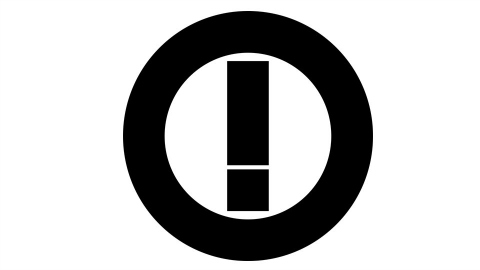
Alert Symbol (!)– Officially known as the CE R&TTE Directive “alert symbol,” this supplements the CE markings and indicates that the device violates the restrictions of one or more member state of the EU. Class I devices or devices that work on “harmonized frequency bands” don’t have this symbol. The iPhone, for example, is considered as Class II and has this symbol because it violates the French regulation that all wireless devices should operate on frequencies between 2.4GHz and 2.454GHz when used outdoors.

Underwriters Laboratories (UL) – This one can be found on BlackBerry devices. Underwriters Laboratories is an independent safety consulting and certification company that certifies, validates, tests, inspects, audits a wide range of products sold in North America and Mexico. A UL mark denotes the product’s safety and reliability when operating under normal conditions.
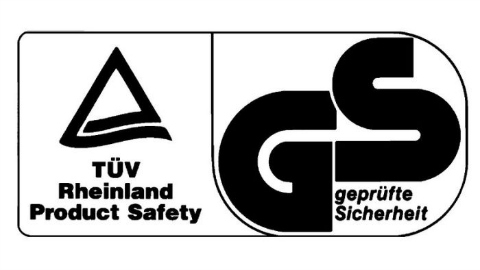
TÜV Rheinland GS Mark – This one I found on an HTC charger. If the CE marking indicates that a device has passed EU regulations, the GS Mark is another indication that the device has been tested by TÜV Rheinland for quality and has complied with Germany’s safety regulations.
Additional info: GS stands for “Geprüfte Sicherheit” which means Tested Safety. While TÜV stands for “Technischer Überwachungs-Verein” which means Technical Inspection Association – a German organization that validates the safety of products of all kinds to protect humans and the environment against hazards.
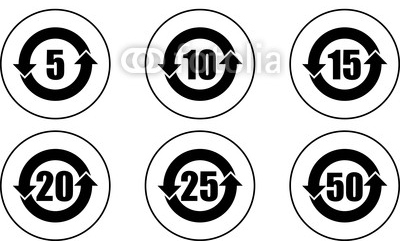
China RoHS – RoHS is an acronym for Restriction of Hazardous Substances, and is a Chinese government regulation to control certain materials, including lead. Products that contain hazardous substances are marked with the Environment Friendly Use Period (EFUP) value in years. Environment Friendly Use Period (EFUP) is the period of time before any of the RoHS substances are likely to leak out, causing possible harm to health and the environment. In the case of my Canon IXUS 300HS which was released in 2010, it has a symbol of a circled 10 which indicates an EFUP of 10 years. That means that it should be safe for use in the next 7 years.
And there you have it folks, the meaning of the symbols commonly found on your gadgets. There are so many out there that it would be too much to cover so, these will do for now. At least, now you have an idea what your beloved gadgets have gone through before you bought them.
{sources: FCC, WEEE, CE, Underwriters Laboratories, TÜV Rheinland GS, China RoHS, Gizmodo, ArsTechnica}






















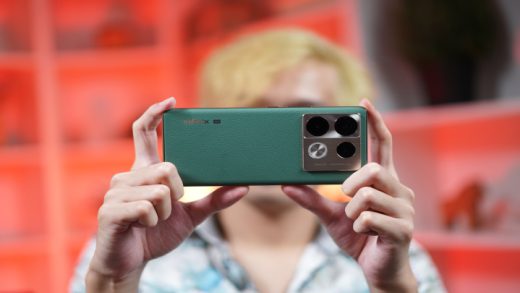
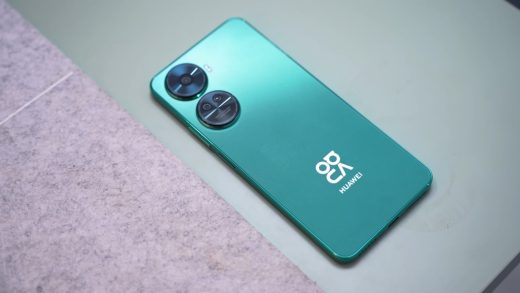

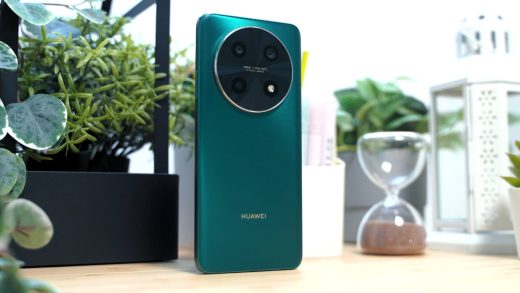






Canon Ixus released in 2010 with an EFUP of 10, safe for the next 7 years? Hmmm… 2010+10=2020. So unless this article was written sometime in 2013/2012 (or the similar article from Gizmodo as someone claimed in the comments) something must be off here.
Google is a terrific place to start if you want to try
to trace a telephone number for free. But, we can
not strain enough the importance of deciding on the right
service provider. Pen-Traps Reveal Your Calls, Texts, Push-Response Information And Location.
very informative! thanks
-not a freking article, peace :)
very informative indeed, hindi man ganun magagamit everyday ang info na to pero its still is one of those “nice to knows”
sir medyo hawig ata ng article na ito. tsk tsk Posted by Gizmodo on December 11, 2012
http://gizmodo.com/5966087/what-the-strange-symbols-on-your-gadgets-mean/gallery/1
ooppss my bad. my sources pala. :D
Ngek! Di mo pa ba alam, bro? Lahat naman ng articles dito sa Yuga ay kinopya lang lagi sa iba, eh. Kadalasan sa Engadget at Gizmodo. :)
Informative.thanks for sharing
now this is good, informative writing that we like reading on yugatech. no freking stupidities.
This is good information. I think lumabas pa nga ito sa ECE board exam hehe
thanks sirYuga ngaun ko nga lang napansin